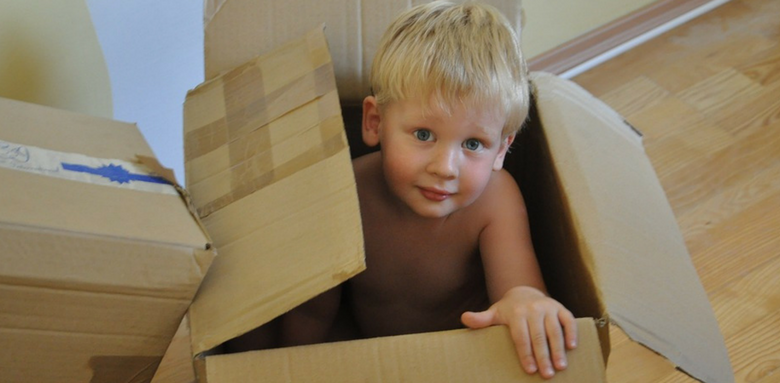When she was six years old, Olivia R. did not want to move. She was quite adamant about it, and was willing to scream and cry and have shouting fits. Olivia’s mother, who was equally adamant that move was going to happen, sat her daughter down for a long conversation. She wanted to know why Olivia didn’t want to move. Olivia’s mother thought she had an idea of what was worrying her daughter, but she was wrong.
It wasn’t the thought of moving to a new school or leaving friends behind that made Olivia scared and angry. It was the fact she was sure the new house would have bears in the bathroom. Wild bears – like grizzly bears with great big claws and teeth. Definitely Olivia-eating bears. Obviously, Olivia was not going to move into a house with bears in the bathroom.
This was a serious concern. Olivia’s mother listened to what her daughter had to say, and then calmly explained – without mocking Olivia – the fact that the new bathroom would be 100% guaranteed bear free. They even looked at pictures of the new house on Olivia’s mother’s phone so Olivia could see there were no bears anywhere to be seen.
After this, Olivia felt better. She needed to be reassured on the issue a few more times before the move actually happened. After the move, it turned out that there were no bears in the bathroom – exactly how her mother had predicted – and now Olivia, from the ripe old age of six and a half, thinks the whole incident was ‘pretty silly’.
Helping Your Child Face Their Fears About Moving
Some fears can sound pretty silly, but children take them very seriously. And there are times when the fears in question have a reasonable basis – a child moving to California might be concerned about earthquakes, for example – and children take these seriously as well. Parents need to do the same. By listening to a child and addressing their concerns in a way the child can understand it makes the entire moving process easier for the whole family.
When the fears are silly, like bears in the bathroom, stating and repeating the facts is the best way to go. Children sometimes will repeat their fears over and over because they need a significant amount of reassurance to feel better: be patient and understanding. Older siblings and friends – especially those who have moved before – sometimes can be a helpful resource as well.
When the fears have a reasonable basis in reality, it’s important to acknowledge your child’s fears and provide them with information about what will most likely happen if that situation materializes. The child moving to California needs to know that earthquakes do happen, but that most of them are minor, and that the whole family will be practicing what they need to do to stay safe in the event of an earthquake. Being honest without dramatizing the situation makes it less scary for children to adopt this new reality into their lives. Don’t make promises to your child you can’t keep: telling your kid there will never be an earthquake won’t do anything to keep earthquakes from happening!
If your child’s fear is to such a degree it’s keeping them up at night or interfering with their everyday happiness, you may want to have them talk with a counselor, pediatrician, or teacher who can provide another layer of reassurance and coping skills. Most moving-related fears and anxieties go away after the move has been completed and children get settled into their new home.


